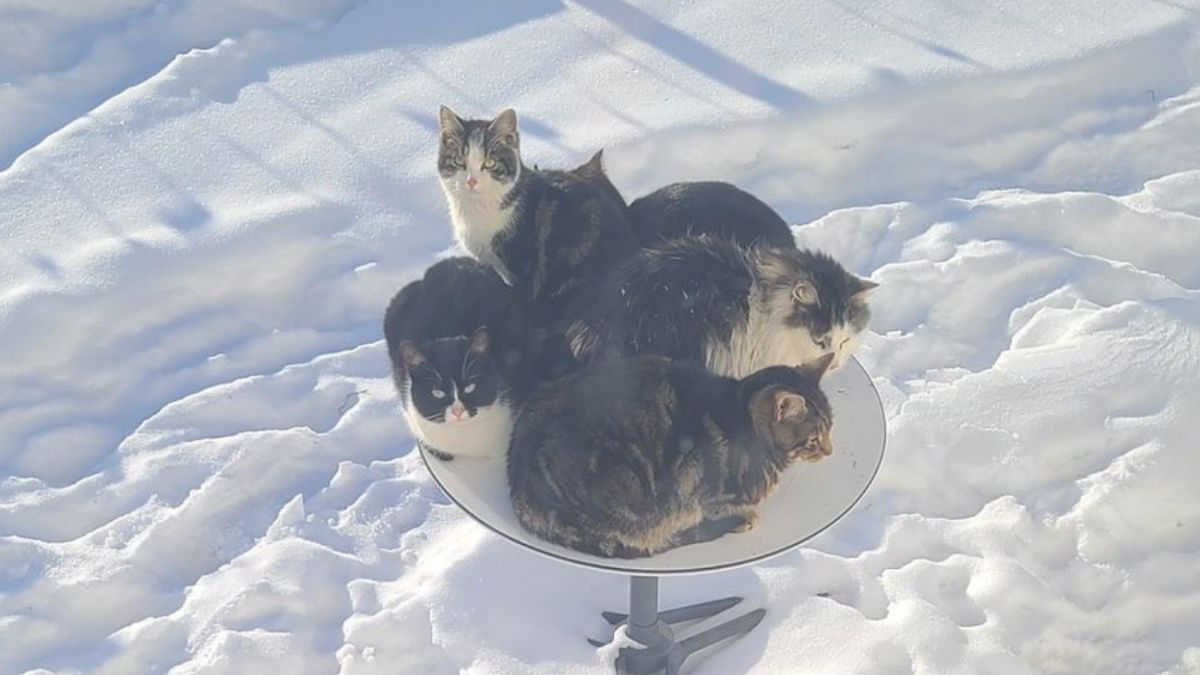While you can control your consumption of natural gas, it could be argued that your expenditure of it to heat your home is multitudes less efficient than a large natural gas energy station is at generating the electricity you'd use to power a heat pump that is 300% efficient vs a 90~98% high efficiency furnace. For 1 unit of energy, a heatpump transfers 3 units of heat, either into your home or out if it (AC). For 1 unit of Natural Gas, your furnace transfers .9 to .98 of it into your home, the rest is lost in the exhaust.
Keep in mind, if you are "pre-cooling" I would assume that means you have an AC unit? The most efficient solution is having the cooling coil integrated into your HVAC and above or below your furnace unit. With today's tech, a heatpump would use a similar (or the very some) coil. I've got my LP unit stacked ontop the heatpump coil in my garage and I can set the temperature via my Nest thermostat for when to use either, depending on which energy source I want to utilize.
Also keep in mind, a heatpump is literally an AC unit with an additional valve. It has the exact same efficiencies of an AC unit, with the added benefit of being able to maintain a set temperature if the exterior temp dropped at night. It is much more efficient to "maintain" a temperature throughout a 24 hour cycle vs pre-cooling at the coolest time of day.
If you have an AC unit, there is really no reason to not have a heatpump, even if you only use heating mode as an emergency backup to your Natural Gas unit.




